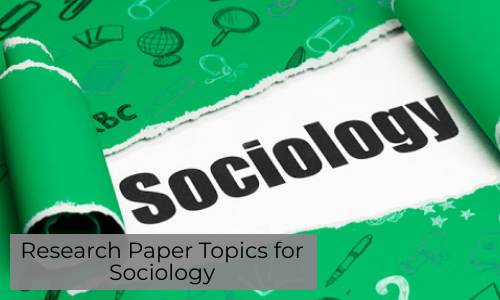Role of Mobile Technology in Enhancing the Learning
The use of mobile phones has rapidly increased in the past few decades, especially with the decrease in their prices ensuring its easy availability. With its rising demand, there has been a rapid advancement in mobile technology in the past 20 years. Some of the technological developments include MMS, internet access, touch screens, handheld computers, wireless communications like infrared and Bluetooth.
In addition, information and record keeping and storage applications (like Microsoft office) have also been incorporated into the phones. With these developments, mobile use has proven to be a value addition tool in learning and education.
According to researchers, the use of mobile devices supports teaching and science learning as it offers mobility and innovativeness which, in turn, helps in increasing the motivational level of students with distinct and engaging activities as opposed to conventional teaching methods and classroom activities.
The term “mobile learning” has a wide range of definitions and conceptualizations. Mobile learning is a kind of learning that happens by using mobile technology without any time or geographic constraint. Mobility, connectivity and information accessible at all times are the key features of m-learning, providing a flexible learning environment.
According to O’ Malley et al. (2003), taking advantage of the learning opportunity provided by mobile technology, resulting in any sort of learning is referred to as Mobile learning. Different viewpoints about mobile learning generally pertain to its technological aspect, considering the portability of the devices and accessibility to information from virtually everywhere.
The literature explains these varied outlooks toward mobile learning, but it is distinct in its focus on learning with no singly accepted implication or perspective. The most dubious viewpoint about mobile learning pertains to technology because of the continuous advancement and growth of mobile technology.
Educational experience has been redefined with a constant increase in the use of mobile and wireless technology. Wireless networks and mobile communications coupled with personal computing devices present new means for science students to access information, research innovatively and communicate anytime and anywhere. There are certain shortcomings associated with m-learning which can distract students, for example, the battery life or screen size of the device, a storage capacity and processing power limitation, but these shortcomings are negligible as compared to the advantages allied with e-learning and m-learning, expanding the boundaries of scientific education experience. However, the educational goal of using mobile learning in science is not to incorporate technology for technology’s sake but to create a meaningful learning experience for students. Different mobile learning systems are introduced for this purpose. These learning systems may vary from one subject to another and may implement alternate applications accordingly.
Various theories and research work on mobile learning helps in furnishing the key attributes and traits of mobile learning and illustrate its true meaning. However, according to Traxler (2009), there is a need to spotlight the advantages associated with the use of mobile technology in education rather than focusing on the definition of mobile learning itself. Implementing the mobile learning in the higher education demands the addressing of different factors, including cultural, social and organizational factors. The institutional issues are still to be discussed due to the fact that mobile learning is in its early phase of development and thus an immature field at present.
Quinn (2000) in his research describes that the concept of mobile learning is basically derived from mobile computing and e-learning. For this reason, the mobile learning is constantly focused so that it can be better leveraged for education and training. Different technologies have been derived that support mobile learning which include data protection, online communication and data transfer. The aim of this research is, therefore, to identify the value added by mobile technology in the field of education and further, to narrow down how it can be specifically beneficial for science students in higher education.



